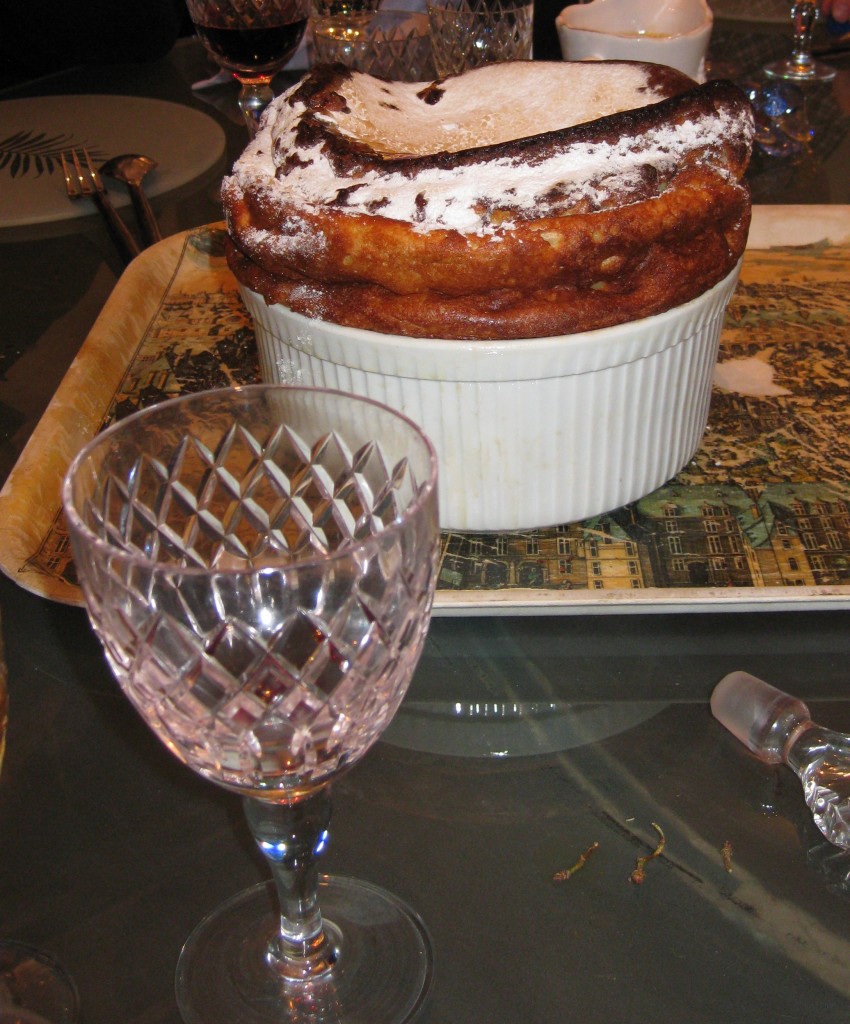Feast of St Thomas of Canterbury…
Thomas a Becket was one of the great figures of Medieval history… partly because his story is compelling in itself and partly because his story illustrates the wider struggle between the secular and ecclesiastical jurisdictions that defined the High Middle Ages. The symbolic victory seized by the church from Becket’s murder has a profound impact upon English and European politics. It also turned Canterbury into one of the great centres of Pilgrimage.
Pilgrimage…as Chaucer’s works illustrate…was a huge phenomenon in the Mediaeval world…whilst today we like to imagine the middle ages as an inward looking time when no one much went anywhere as most were tied to the lands…this impression is false. Both Pilgrimage and the Crusades and the great Councils of the Church moved vast numbers of Europeans over vast areas…and in doing so created a network of viable service industries that revolved around the many taverns and stables on the pilgrims’ route…and badges, votive offerings and such used at the shrines themselves were manufactured in the towns where the shrines were housed in great churches or cathedrals. These building were themselves often enlarged to accommodate the growing demands made upon them by sheer numbers of the pious faithful. The monasteries production of spirit based drinks that distil into the famous liqueurs like Benedictine and Chartreuse have their origins in the provision of drinks to hospitals (hotels really) attached to great abbeys which took in pilgrims and fed them….
It took quite a bit of economic and social infrastructure to sustain the vast numbers embarked upon this enterprise of a life time.
St Thomas’s remains the only feast to be removed from the Sarum Rite….Henry VIII removed it from the Calendar of Saints when the shrine was destroyed in 1538. It took several hundred carts to move all the valuables on the shrine which included a famous ruby given by Louis VII which Henry VIII characteristically reset into a thumb ring. The plate, cups and other stuff augmented that of the royal household. The monastery at Canterbury was itself dissolved in 1539.
In the carol of the Twelve Days the 5 gold rings are supposed to represent the books of the Pentateuch…Genesis, Exodus, Leviticus, Numbers and Deuteronomy…of course they might also represent the hoops that were used for Christmas Games…rather like a hula-hoop….that were popular in the early Tudor Court…

